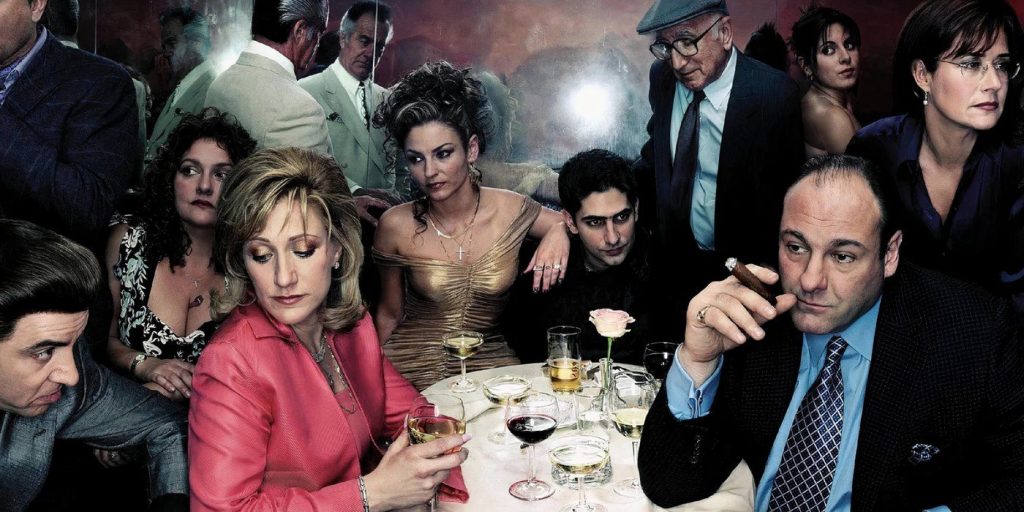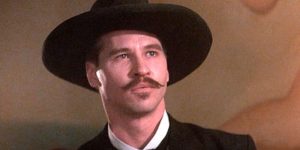It’s no surprise when fans hear about the various ways The Sopranos changed television and ushered in a new cinematic approach to the medium. Before 1999, network television was the only format viewers were accustomed to, and with that format came specific rules that showrunners and producers had to adhere to. It’s an interesting history when discussing the cinematic arts because cinema alone is already a fairly young medium, and television is even younger, with its greatest advancements coming as early as twenty-five years ago. There’s a reason why, for decades, filmmakers and actors considered television to be a second-rate medium. Many stars were accustomed to avoiding TV because it essentially meant the end of their movie career. This is because television wasn’t viewed as an artful medium in comparison to feature films.
While many great directors found ways to tell compelling stories on television throughout the New Hollywood movement, there’s a lot of truth to why TV was considered “less-than” in the eyes of the entertainment industry. TV remained constrained by the FCC, which is similar to the old Classical Hollywood “Hays Code,” where a set of rules and guidelines are proposed that creators must adhere to. With feature filmmakers finally able to make more personal films with effectively no constraints, TV was the last place people in Hollywood wanted to work if they had any greater motivations than just making a living. The FCC still controls network television in a lot of ways to this day, but everything changed for TV when cable networks came along. One of the earliest cable shows was The Sopranos.
Cable Television Presented a Lot of Opportunities for David Chase
This Led to Him Rethinking How to Make a TV Show

Cable networks emerged in the ’90s and presented a new kind of TV viewing system that didn’t restrict the networks from being more fluid with how they make shows. Since cable networks were direct branches of the big Hollywood studios and were essentially individual channels that required separate viewer subscriptions, cable was free from the conventional television system regulated by the FCC. Even still, the studios weren’t sure what kind of stories they were going to tell, and it really took a great creative mind to help steer cable in the right direction.
That mind belonged to David Chase, who was actively shopping The Sopranos all around the TV circuit. No network was willing to pick up Chase’s series, and it’s a good thing they didn’t because Chase would have been stuck telling the story of The Sopranos in a network format. When Chase and HBO came to an agreement, it didn’t take long for Chase to realize that he could push more boundaries and cross more lines. This way of thinking quickly shaped The Sopranos into what it became, and the gangster series essentially changed television forever.
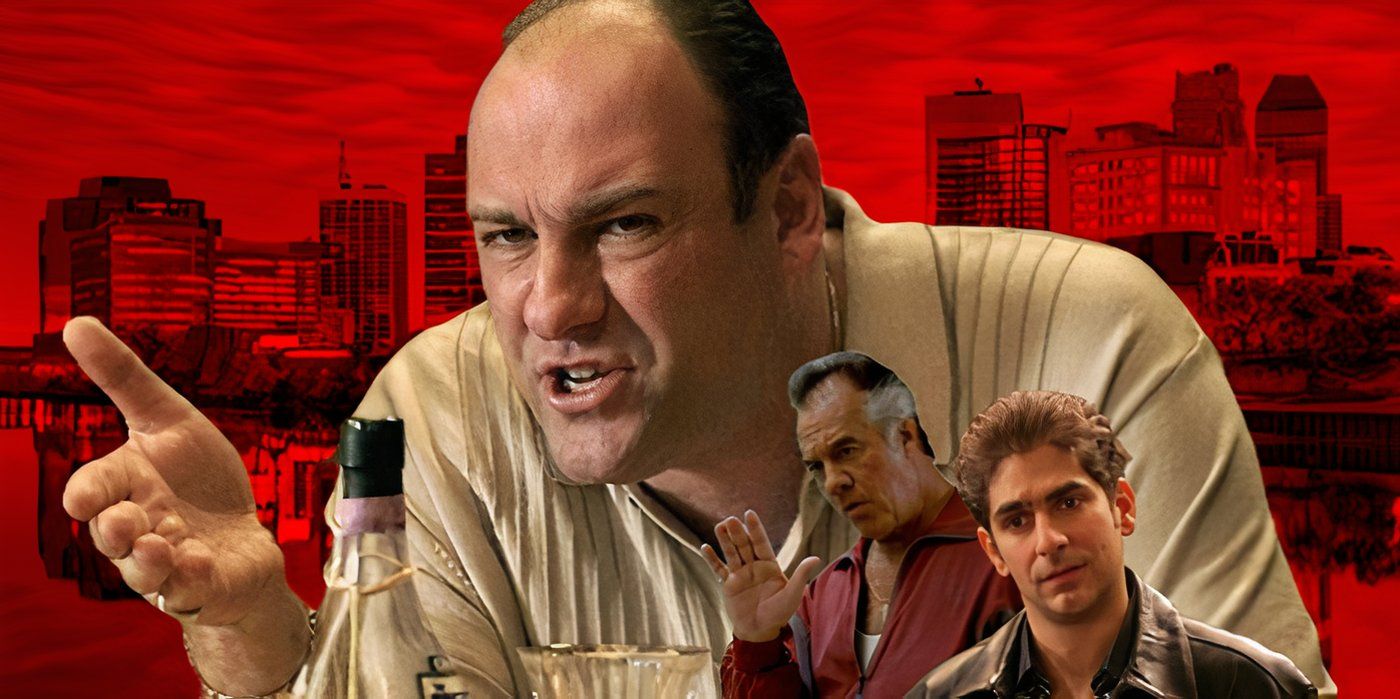
Related
15 of the Best Sopranos One-Liners Only Die Hard Fans Remember
When people quote lines from The Sopranos, they usually choose the more well-known sayings. Only die hard fans will recall the profound deep cuts.
The term “cinematic television” became connected to The Sopranos and the number of shows that followed it, such as Oz and The Wire. Not bound by the rules and regulations of the FCC, David Chase grounded his mob series in a gritty realism never before done on television. However, it wasn’t just the use of violence and profanity that separated The Sopranos from other shows. It was the overall technique imposed by David Chase. The Sopranos became cinematic in a myriad of different ways and allowed David Chase to break other kinds of rules that would give his series a feature film design not seen before. This essentially made The Sopranos more comparable to great films rather than network shows and radio.
David Chase and his team found every opportunity to separate The Sopranos from other kinds of television, even if that meant avoiding specific techniques commonly used on network TV. In order for The Sopranos to change the form, it had to be different from the original form in every way possible. One of the “rules” David Chase “broke” was nothing more than a creative choice that allowed The Sopranos to feel more realistic.
The Sopranos Completely Avoided a Common TV ‘Rule’
This Allowed the Show to Feel Different From Network Television
Fans have seen this common TV trope many times before. A scene begins, and multiple people from the cast need to dump a bunch of exposition on the audience. Therefore, the characters will walk around the set or towards a new location and discuss important information while the camera follows them around the space. It’s called “the walk and talk,” and it became one of the most commonly used techniques on network television. While some cable shows still use this technique, making it an intentional staple of the series (like Entourage), The Sopranos specifically avoided it as a way to further separate itself from the kinds of television that came before.
This is discussed more deeply in Brett Martin’s book Difficult Men: Behind the Scenes of a Creative Revolution: From The Sopranos and The Wire to Mad Men and Breaking Bad. David Chase goes into further detail about why he wanted to avoid using the “walk and talk” scenes with which viewers were familiar. For fans who know about the kind of production David Chase ran, it’s likely his stance on “walk and talk” scenes was strict, and the other creators involved in the series had to be mindful to stay away from them.
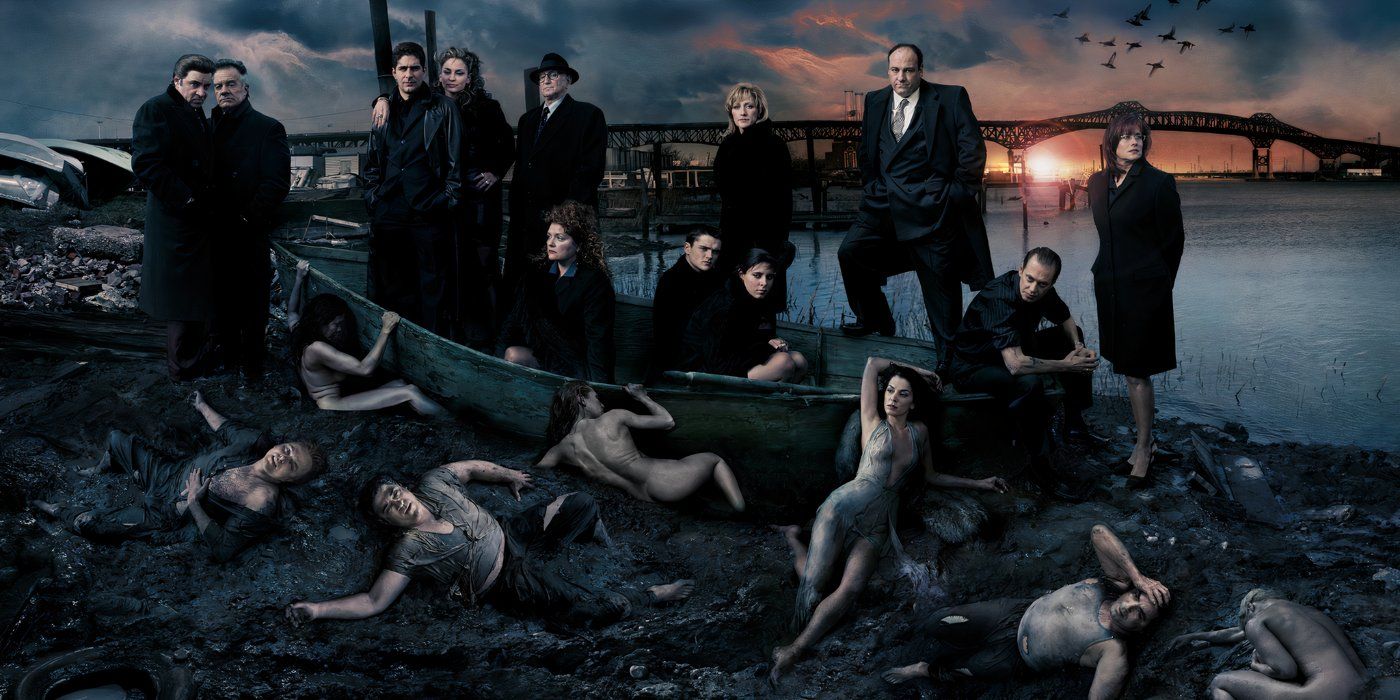
Related
The Sopranos Got 1 Major Detail About the Mafia Wrong on Purpose (& It Made the Show Even Better)
While “mob hits” are a necessity in a story about the mafia, the series did what it does best, even in this regard: it dramatized things a bit.
In Martin’s book, it is said that Chase was completely against “walk and talk” scenes and that he wouldn’t have any of them in The Sopranos. He elaborated by saying that he thought those scenes were unnatural and that he always wanted The Sopranos to feel like real life, even during scenes where exposition is needed. This makes a lot of sense when looking at the contrived nature of those moments, making the viewer more aware that they are watching TV. It is something common in procedural dramas on network shows, but The Sopranos was meant to be something different.
This explains a lot of the natural moments that come to life in The Sopranos. Chase would often encourage his writers to think along those lines. What’s funny is that he didn’t want his actors to improvise, unless in small natural ways, like involving food, emotional reactions or movements. The lines always had to be spoken exactly the way they were written. This is probably because Chase made sure that everything was set up perfectly in the writing process to avoid even needing improvisation. When fans look at expositional moments in the series, they will often be during scenes at the dinner table, card table or anywhere else that feels like a real moment. Characters would naturally include the story information during their normal day-to-day activities.
David Chase’s Hard Stand on ‘Walk and Talk’ Scenes Was Necessary
It Was Another Thing That Made The Sopranos Perfect
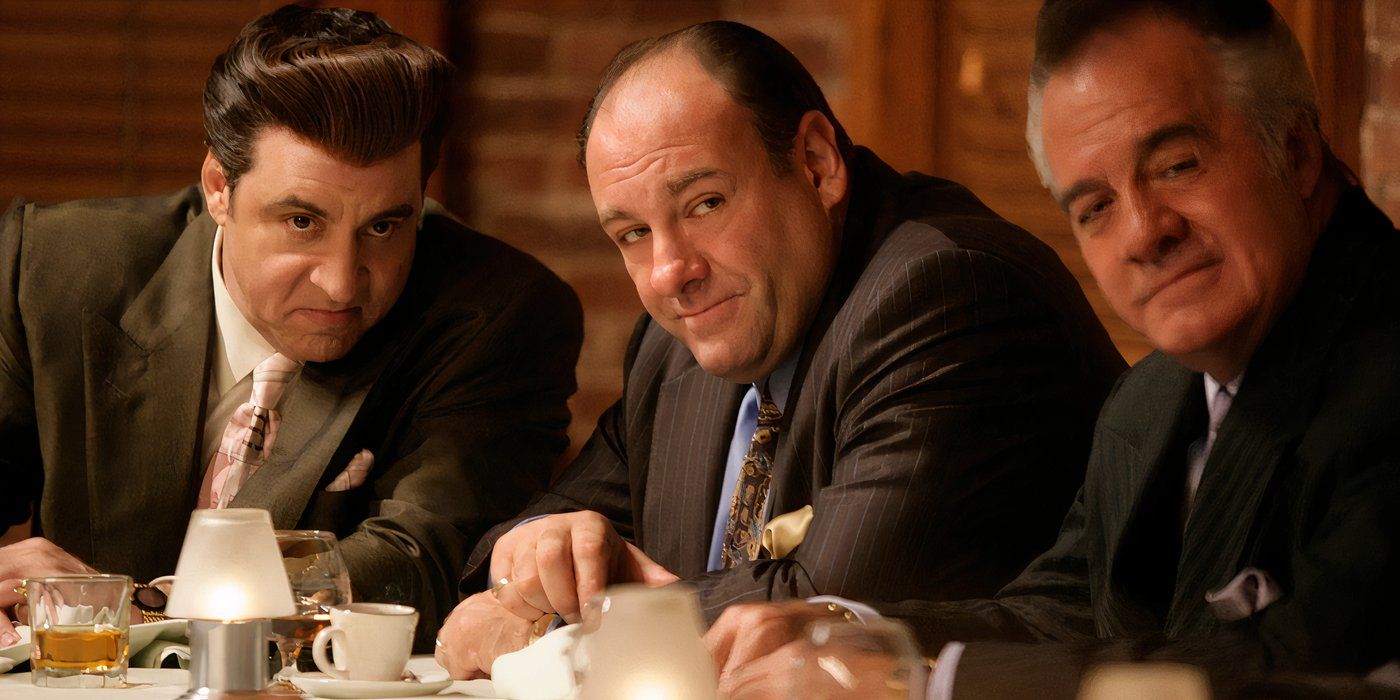
Fans can really appreciate David Chase’s approach to his making of The Sopranos, because it couldn’t possibly have been the same show if it was done any other way. The initial rounds the series made to every network in the TV industry could’ve meant a very quick end to The Sopranos being called “the greatest show ever made.” The series would have looked very different and would have likely been less successful. Another show would have been responsible for changing the direction of television, but it’s perfect that it was The Sopranos that did. It isn’t just the realism of The Sopranos that made it unique; it’s David Chase’s vision for the story. There might have been other great shows that kicked HBO into gear, but none of them were The Sopranos.
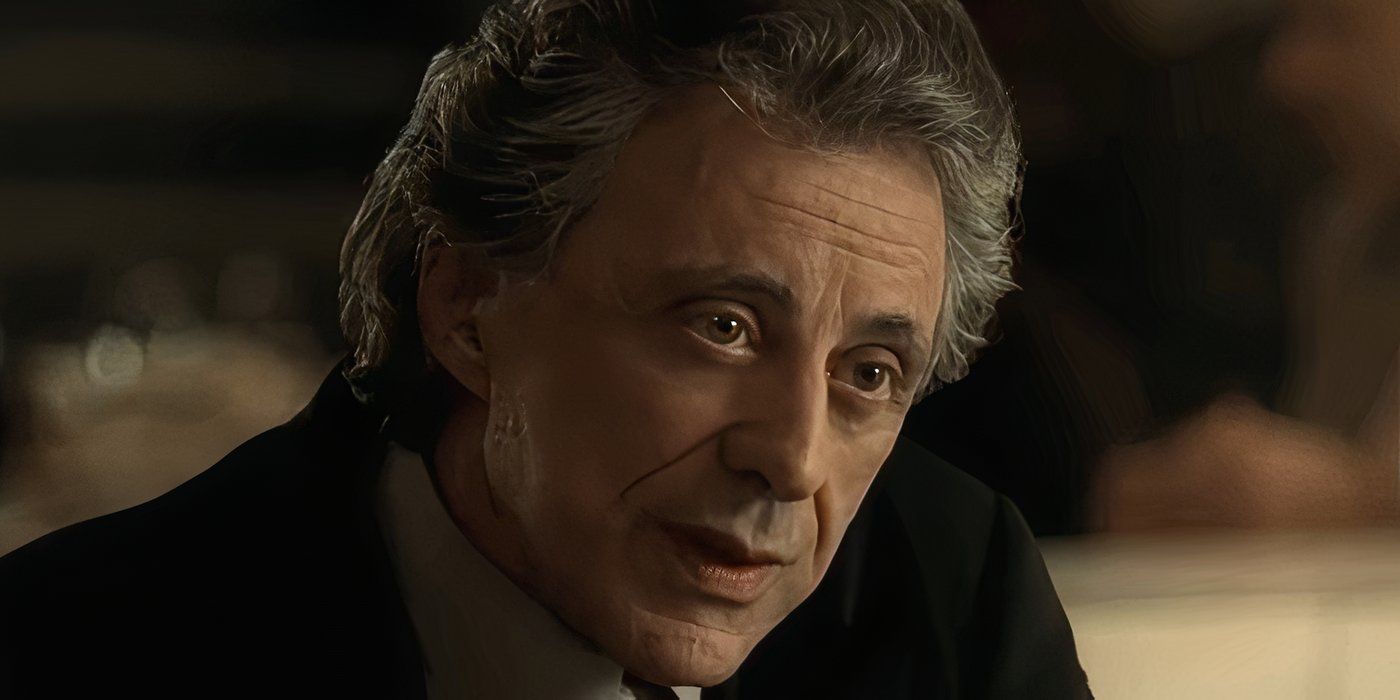
Related
Was Franki Vallie in the Sopranos? Rusty Millo’s Arc, Explained
There were many great new cast members in season five adding their own flavor to The Sopranos. One of those cast members was the great Frankie Valli.
David Chase’s hard stand on “walk and talk” scenes is just one example of a necessary choice he made to allow The Sopranos to exist in its perfect form. Many of the most memorable scenes and moments from The Sopranos can be attributed to David Chase’s approach to the series. Allowing scenes to have a natural realism or emphasize key thematic details (no matter how small) made The Sopranos a rich experience for viewers. The characters are distinct, the storylines are engaging, and the style is undeniable. These elements are what made viewers highly anticipate every new episode that would come out. David Chase made a very important decision that separated The Sopranos from network familiarity and ushered in a new kind of television that exists to this very day.



